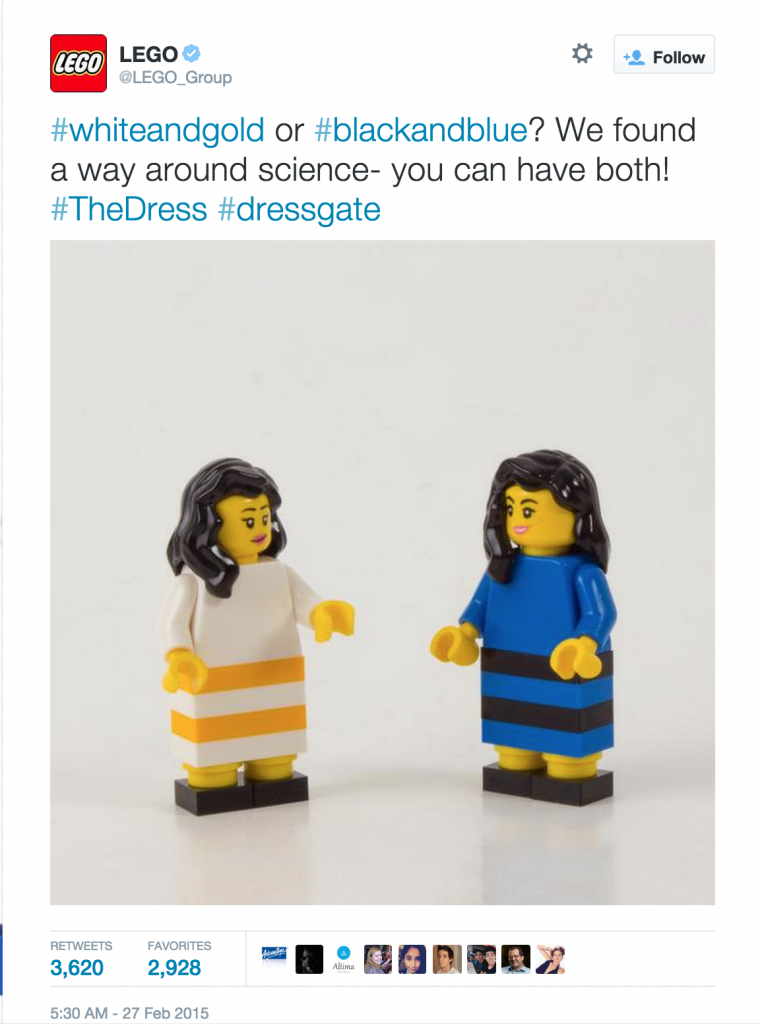Be sociable
Want to hear more from us? Then here's some of our favourite hangouts...
Jubilee Business Park,
2 Jubilee Pkwy, Derby DE21 4BJ
Koobr Ltd.
Registered in England: 08353557

Depending on when this article goes out, you’re either reading this while self-quarantined or sometime during the final days of a complete societal meltdown. Let’s play it safe and assume it’s the latter — you’re probably curious about a time when the word ‘viral’ was a good thing, and we had this thing called ‘the internet’, and people used computers to send each other messages instead of cracking open cans of tinned tuna.
It was a simpler time for simpler people, the type of people who enjoy sharing cat videos and Baby Yoda memes. It was also the golden age of digital media and viral marketing.
For the sake of brevity, we’re going to assume that you know what marketing is — ya know, back when there was a market. Viral marketing, however, is slightly different. Unlike regular marketing, viral marketing is a style of promotion that relies heavily on an audience to generate the message of a product or service. In other words, it’s a kind of marketing built around highly ‘sharable’ content.
It’s no wonder, then, that the term really took off around 2004, just when the number of broadband users across the globe exploded and platforms like YouTube and Facebook were right around the corner. It provided an ideal environment for the cultivation of sharable content, such as news articles, videos and other forms of media, and an instantaneous way for people to pass it on.
Some of the more noteworthy examples of early viral sensations include; US presidential election candidate John Kerry flip-flopping on the topic of tax cuts, The Arctic Monkeys becoming the UK’s most popular band before even signing to any record label and home footage of a baby biting a toddler’s finger.
Nowadays, the rise of digital media and the ubiquity of personal browsing devices places everything in a state of constant flux. Like stocks on the proverbial market, trends skyrocket and free-fall all the time, depending on relatability and relevance, and are driven purely by social currency (the notion that people are more likely to share something if it makes them look good).
For businesses, brands and organisations, sharable content has become a significant component of their digital marketing strategy, whether that means following trends or setting them — whatever it takes to get their name in front of as many people as possible and increase brand awareness.
With all that being said, here are a few of our favourite campaigns to go viral over the years. Some of these have a purely commercial focus, while others are more socially and culturally centric. Either way, they’re all equally emblematic for their own unique reasons.
The blue/black debacle
Was it blue and black, or was it white and gold? Even the scientists had to get involved with Dressgate, which meant brands on social media weren’t far behind, with everybody from Oreo to Lego reacting accordingly.

The payback: participating brands saw an average 539 percent increase in retweet rates and “favourite” metrics more than 8,900 percent higher than typical engagement (source. Spredfast). Considering the quick-reaction from businesses, these are pretty significant numbers that goes to show the power of viral marketing.
Dollar Shave Club
Unlike the previous example, Dollar Shave Club’s now infamous video wasn’t reactive to any particular trend at the time — it was a genuine video used to market their products and services. But the audience reaction was so great that it took off and became a viral hit all by itself.
After dropping a modest $4,500 for the video, Dollar Shave Club subsequently secured 12,000 new orders almost overnight and took in more than $3.5 million in revenue in 2012. Sales topped $225 million by the time Unilever bought DSC, for a reported $1 billion, in 2016 (source.inc.com).
ALS Ice Bucket Challenge
Over the years, there have been a lot of so-called viral ‘challenges’. These include; eating cinnamon, growing a moustache, Faith Hilling (or was that just on South Park?) and planking in the most inappropriate places (also on South Park). But perhaps the biggest viral challenge was the Ice Bucket Challenge.
With literally millions of people self-administering buckets of ice-cold water in the name of raising awareness of amyotrophic lateral sclerosis (ALS) — also known as motor neuron disease — it’s difficult to pick a favourite. Thankfully, YouTube has already done that for us…
Get in touch and tell us all about it.